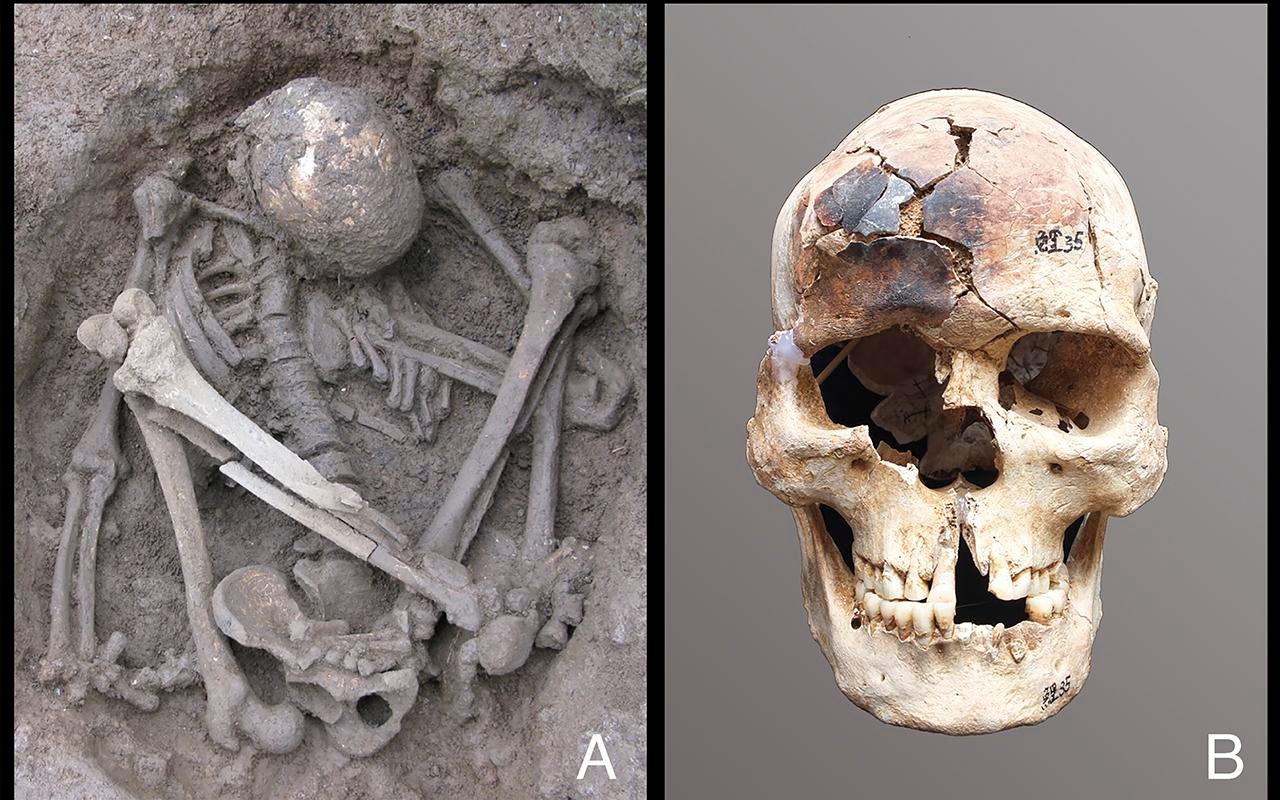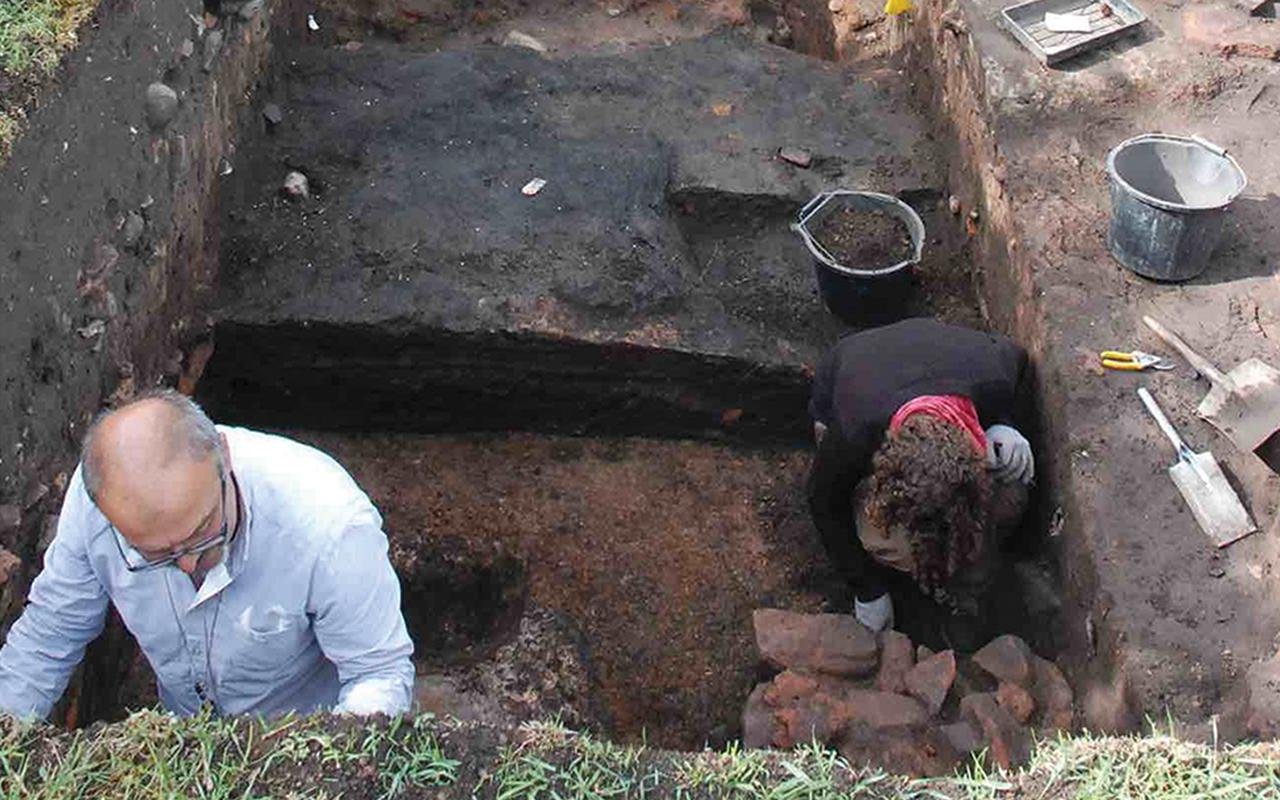In an unprecedented and rare find, a sword dating back to the medieval period was pulled out of the bottom of the Vistula River by a fisherman casting his line into the river near Tarchomin, one of the northern districts of Warsaw.
The centuries-old weapon is nearly complete and features a preserved blade, a spherical pommel, and a cross-shaped symbol on its grip. Experts say that the symbol is identical to crosses used by the Knights Templar or the Knights Hospitaller, but any definitive link with such religious military orders remains speculative.
The find was made this week when the fisherman spotted the sword protruding from the sediment in shallow waters. Knowing that the artifact could be of historical importance, he immediately reported it to the authorities and delivered it to the Warsaw Conservator of Monuments the next day—an act commended by authorities as complying with Poland’s heritage protection laws.
“We confirmed that it is a medieval sword. We will know more after carrying out further analyses,” Michał Krasucki, the conservator of Warsaw heritage, said in an interview with the Polish Press Agency (PAP). “It’s good that he knew what to do,” Krasucki said about the handling and reporting of archaeological findings.
The sword is now in the custody of the State Archaeological Museum’s Metal Conservation Workshop, where experts will carry out conservation and begin to study the history and origins of the sword. Krasucki said that the Vistula River, known for shifting its channel, may have dislodged the artifact from somewhere else and transported it downstream before it appeared again at Tarchomin.
Krasucki noted that all valuable archaeological or art artifacts found in Poland, particularly those over 300 years old, belong to the State Treasury and must be turned over to heritage authorities.





